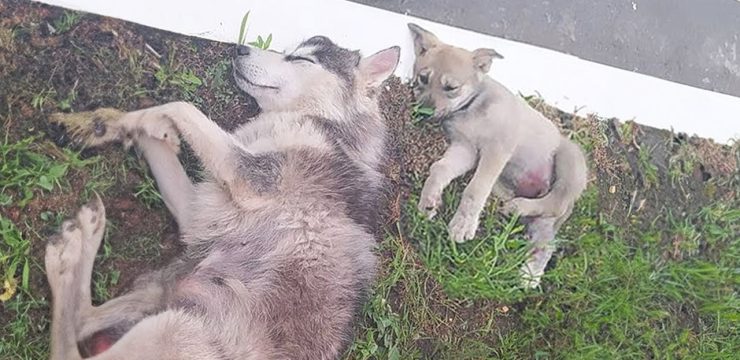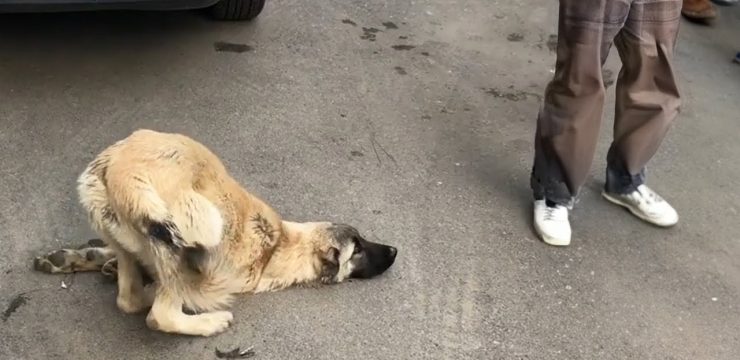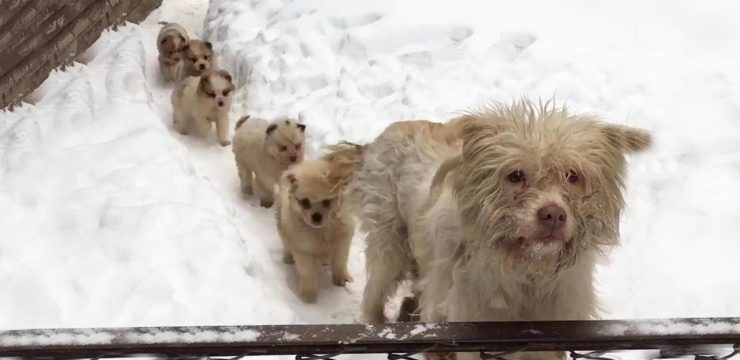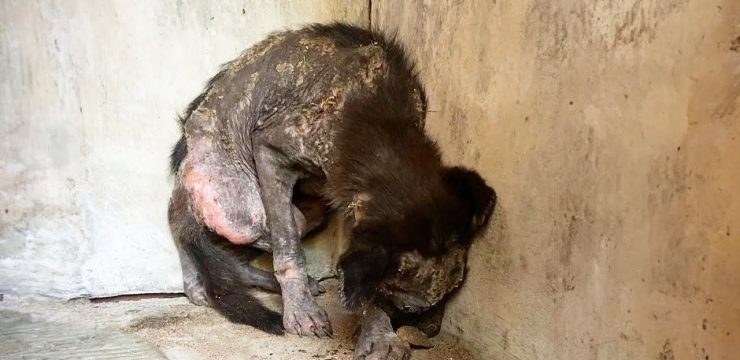If you’ve ever stumbled across the unsettling stories about the Whittaker family from Odd, West Virginia, you probably already know that their reputation has long fascinated and disturbed the public. Often labeled as “America’s most inbred family,” the Whittakers have lived in isolation for generations, and their lives were brought into the spotlight by filmmaker and photographer Mark Laita, who has spent nearly two decades documenting them. What he witnessed over the years ranges from baffling to heartbreaking — and as he puts it, some of the scenes he encountered were among the most bizarre things he’s ever seen.
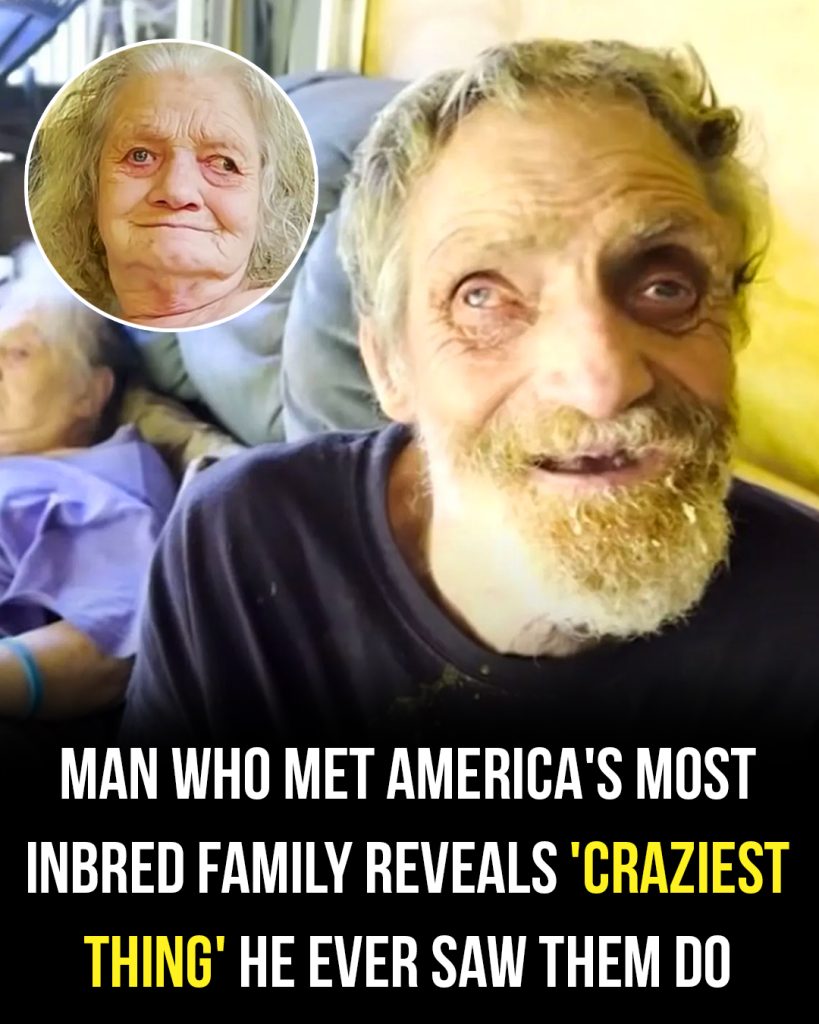
The Whittakers communicate in a way most people wouldn’t expect. Instead of speaking clearly, many of them use grunts, barks, and hand gestures. This unusual form of communication was something Laita first experienced when he met members of the family like Ray, Betty, Kenneth, Timmy, and Lorene in 2004. Back then, it wasn’t easy to even get close to the family. According to Laita, the community surrounding the Whittakers was extremely protective. He recalls being greeted by suspicious neighbors with shotguns, wary of any outsider who might come to mock or exploit the family.
Despite this tense beginning, Laita earned their trust over time. His initial work involved photographing them for his book Created Equal, which highlighted diverse people across America. As his relationship with the Whittakers deepened, so did the depth of his stories. On the Koncrete KLIPS Podcast, Laita recounted one of his earliest and most unforgettable visits: “It felt like something out of Deliverance. We drove down a paved road that turned into a country road, then into a dirt path. Suddenly, we saw people walking around, their eyes moving in different directions, barking at us. One man, if you looked at him or said anything, would scream and run off. His pants would fall down around his ankles, and he’d kick a trash can before running away again. It just kept happening. It was absolutely out of control — the craziest thing I’ve ever witnessed.”
Laita never claimed to have proof of the Whittaker parents being related, but based on the family’s location and the severe physical and mental conditions he observed, he strongly suspects inbreeding played a major role. He noted that conditions seen in siblings like Lorene, Freddie, Ray, and cousin Timmy were likely at least partially the result of generational inbreeding. “This is the most extreme case I’ve seen so far,” Laita said, acknowledging how such relationships, particularly in isolated rural areas, can lead to compounded health problems.
His involvement with the Whittakers extended beyond storytelling. Over time, Laita launched two fundraising campaigns aimed at improving their quality of life. However, things took a negative turn when YouTuber Tyler Oliveira visited the family and recorded an interview with Betty Whittaker, during which she claimed she had no idea where the donated funds had gone. The statement surprised Laita, who felt deeply insulted by the implication. He defended his record, saying, “Their lives are so much better now, and that’s because I came through for them. Every time.”
Laita further shared that the family had asked for thousands of dollars on multiple occasions, yet how the funds were spent wasn’t always clear. After receiving accusations and showing evidence of financial transfers on his own channel, Laita eventually ended all fundraising efforts. Even so, Betty appeared confused when Laita clarified that he hadn’t withheld any money. In 2024, a new controversy erupted when Laita was told that family member Larry Whittaker had died of a heart attack. Laita mourned the loss — until he found out Larry was very much alive.
In a shocking turn of events, it was revealed that Larry’s daughter had made up the story of his death to receive $1,000 for a fabricated funeral. On camera, she admitted the lie while nervously smoking a cigarette, saying, “I shouldn’t have done it. I’m trying to get help for my drug addiction.” Laita, in a gesture of goodwill, gave Larry $700 to help him move to North Carolina and start over with his daughter. But according to later conversations, Larry kept the money and never left town. In a moment of brutal honesty, Laita confessed to one of Larry’s cousins, “I don’t know what to do with them other than just walk away.”
Eventually, Laita did reconnect with the family, and Larry offered a public apology. “I’m sorry for what they’ve done to you, and I want to tell the whole world I’m sorry,” he said. Laita accepted the apology, replying, “I’m very good at forgiving and understanding. I’ve missed you guys, and I think a lot of my viewers have missed you, too.” Still, Laita warned that despite his continued compassion, not everyone should approach the family. “They’re protected by neighbors and relatives who don’t like people coming around to mock them. It’s not a place for curiosity seekers.”
According to local pastor William Plumley, the exposure has been both a blessing and a curse. “The documentary helped them, but it also brought in people who just want to mess with them,” he said in an interview with the Daily Mail.
The Whittaker family’s history reveals a deeply tangled and tragic lineage, with generations of intra-family marriage leading to profound genetic complications. Laita eventually uncovered that many of the Whittaker children descended from identical twin brothers — Henry and John Whittaker — whose families continued to intermarry. Henry’s son John Isom Whittaker, born in 1882, married his cousin Ada Rigg. They had nine children. One of them, Gracie Irene Whittaker, married her double cousin John Emory Whittaker in 1935. Together, they had fifteen children. Many of their descendants, including the siblings now seen in videos, suffer from physical and cognitive impairments that trace directly back to these generational patterns.
The Whittakers’ story is not just one of dysfunction and notoriety — it is also about how isolation, lack of education, and generational trauma can shape a family over time. Despite the shocking details and viral interest, Mark Laita urges people to stop turning them into a spectacle. “Some families need privacy. They need dignity. They don’t need more strangers stirring the pot.”
Their story is a haunting reflection of what happens when society looks the other way for too long — and a powerful reminder of the delicate line between documentary and exploitation.
